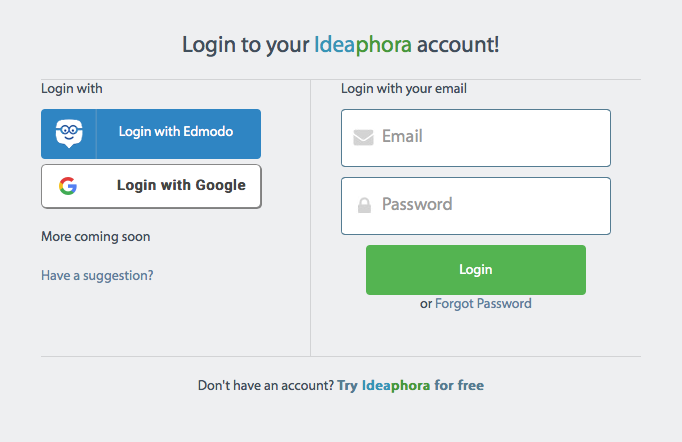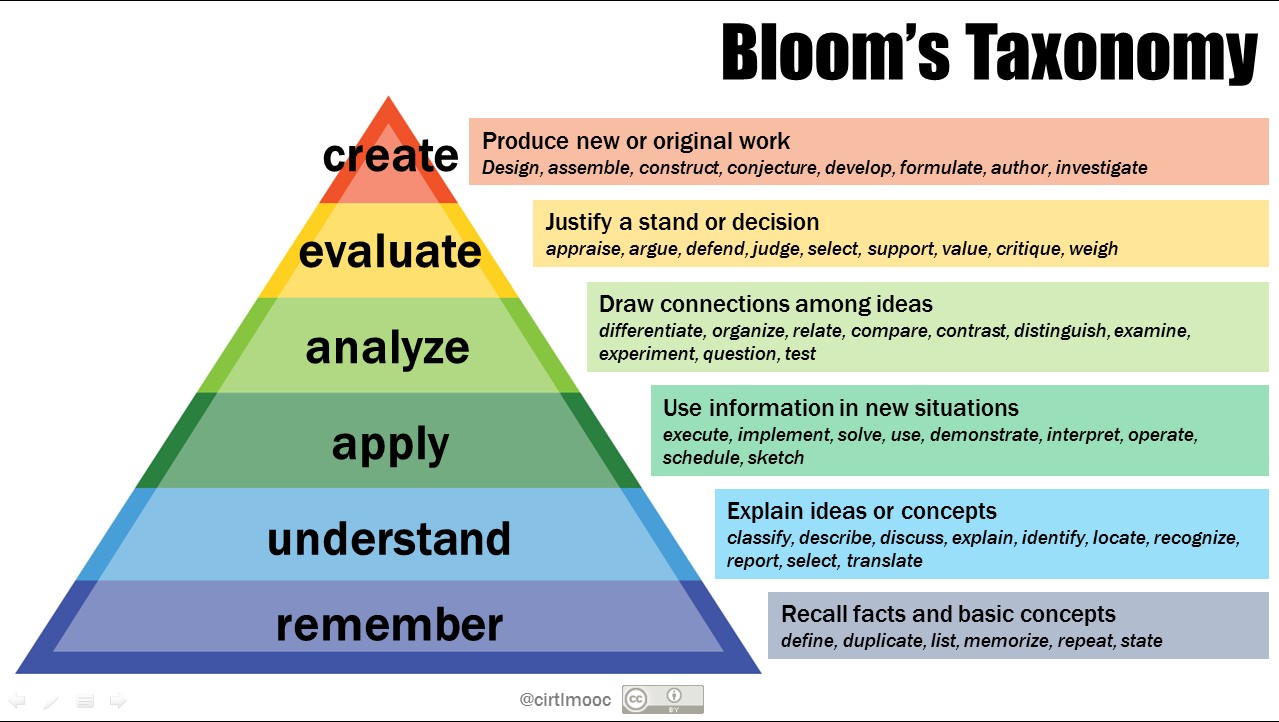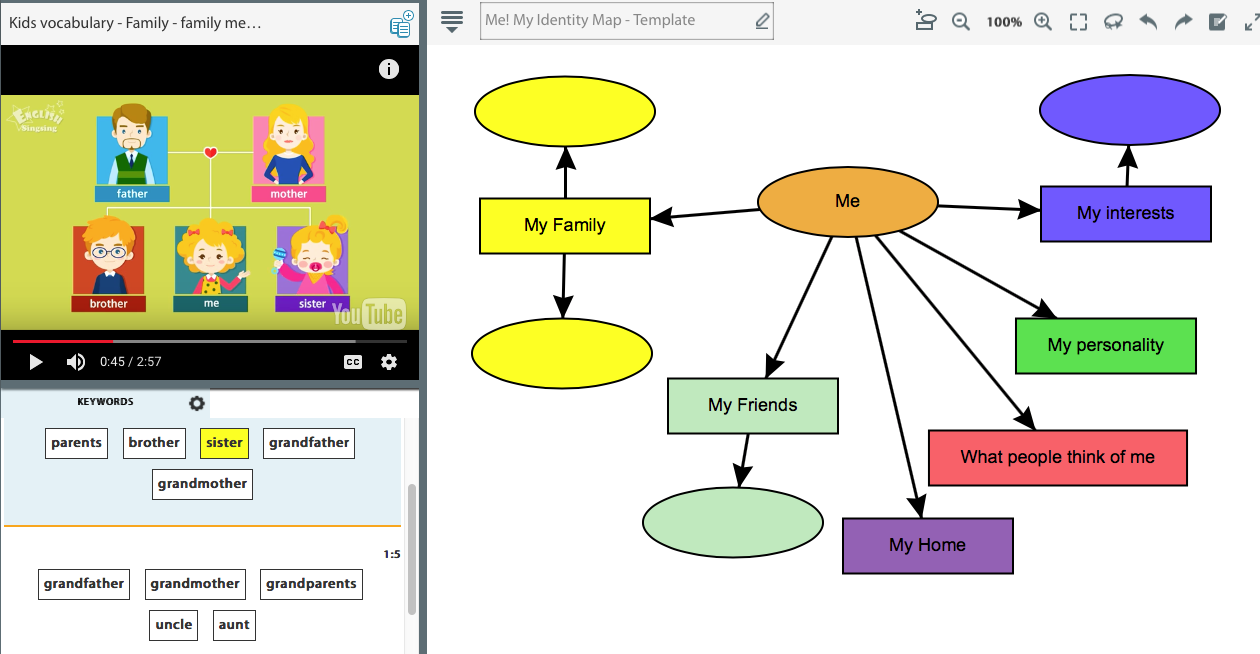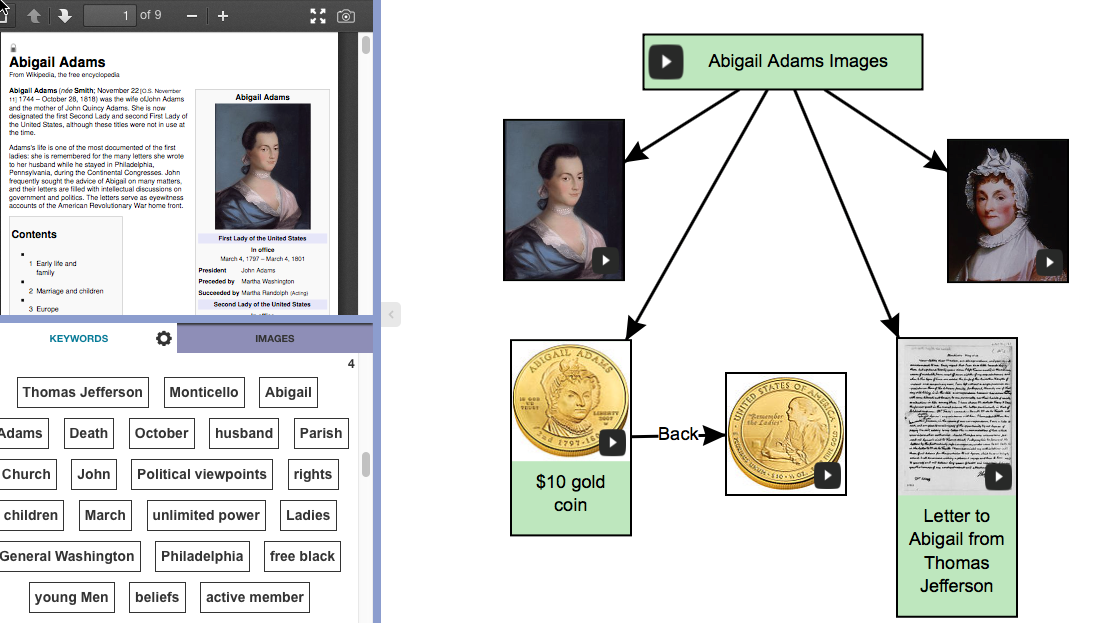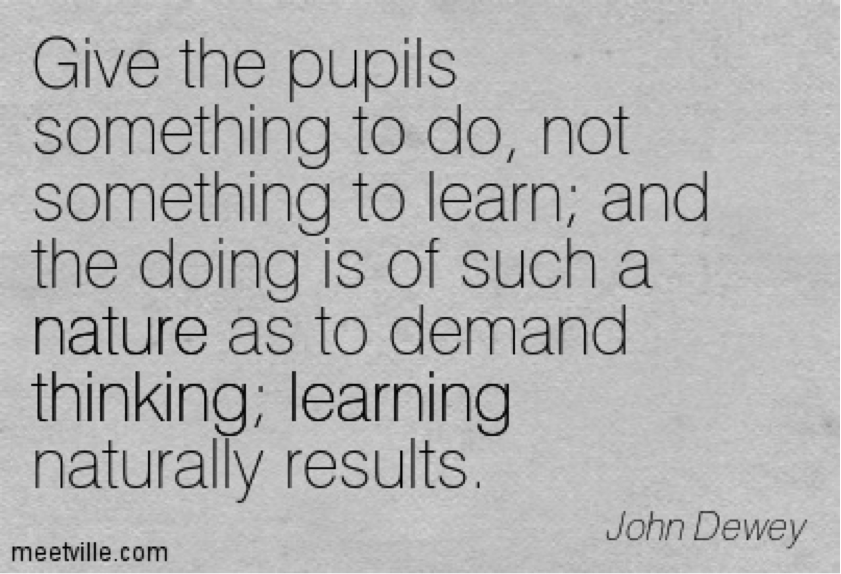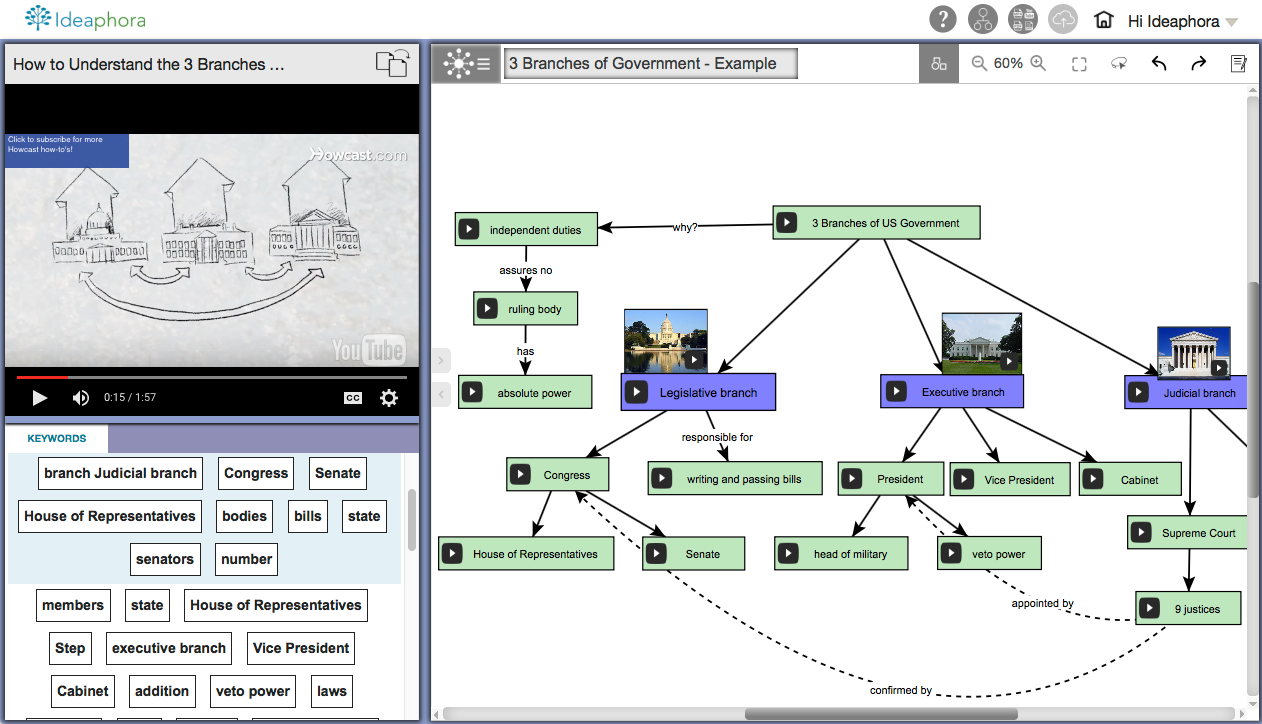With our new Classroom edition, it’s easy for educators to get started and use concept mapping in a digital learning environment with their students. Ideaphora Classroom provides all the features of the platform for individual users plus administrative tools for teachers: Google Classroom and Edmodo integration, class roster and workflow management, safety/privacy controls, and settings for content access and other preferences.
Ideaphora Classroom Has Arrived! Easy Google Classroom and Edmodo Set Up
Connecting with History and Bloom’s Taxonomy
Welcome back to school! Classrooms that were once empty a few weeks ago are now full classrooms with students, backpacks and assignments.
The month of August is significant for many reasons. It marks the beginning of school and the end of summer. It also marks many anniversaries throughout history: the formal signing of the Declaration of Independence in 1776, the 19th Amendment was officially adopted and gave women the right to vote in 1920, Japan surrendering to the United States ending WW II in 1945, Martin Luther King Jr. delivered his ‘I Have A Dream’ Speech in 1963, the Woodstock Festival began in 1969, the first compact disc was released in 1982 and the world wide web was introduced in 1991.
Start the School Year with Lessons on Identity
It’s our favorite time of year: back-to-school season! For many teachers and students across the country, school is back in session, and many more will be headed to campus in the coming weeks.
As schools have kicked off the 2016-17 school year, we also have launched (out of beta) the new Ideaphora online concept mapping environment for individuals. Our tool helps learners assimilate information from digital content and strengthen higher order thinking skills at a time when schools and districts are transitioning to new learning environments that better prepare students for jobs that don’t exist yet.
At the beginning of the school year, teachers often focus learning activities on self-identity to help build positive self-esteem, a welcoming classroom culture and acceptance among their students. One of the ways educators can introduce this topic while addressing key skills and standards is through concept mapping.
Helping Students Curate and Synthesize Digital Content
This post is written by Mary Chase, Ph.D., an expert in curriculum design, literacy education, and technology integration.
I read today that there are more than a billion websites on the Internet. The mind boggles. When I look back on my own education, I remember thinking that my library’s card catalog and the Reader’s Guide to Periodical Literature comprised the pinnacle of responsible research. Later, I graduated to the more sophisticated Social Sciences Citation Index and other complex databases; nevertheless, my resources were paper and my access limited to library hours and collections.
Teaching Online Research Skills With Ideaphora and Google
This post is written by Mary Chase, Ph.D., an expert in curriculum design, literacy education, and technology integration.
A good friend of mine, Tim Gillespie, once said, “Anytime you do something for students that they could do for themselves, you are 1) working too hard, and 2) stealing from them an opportunity for learning.” I’ve carried this notion with me and rediscovered every year just how capable and creative my students can be.

